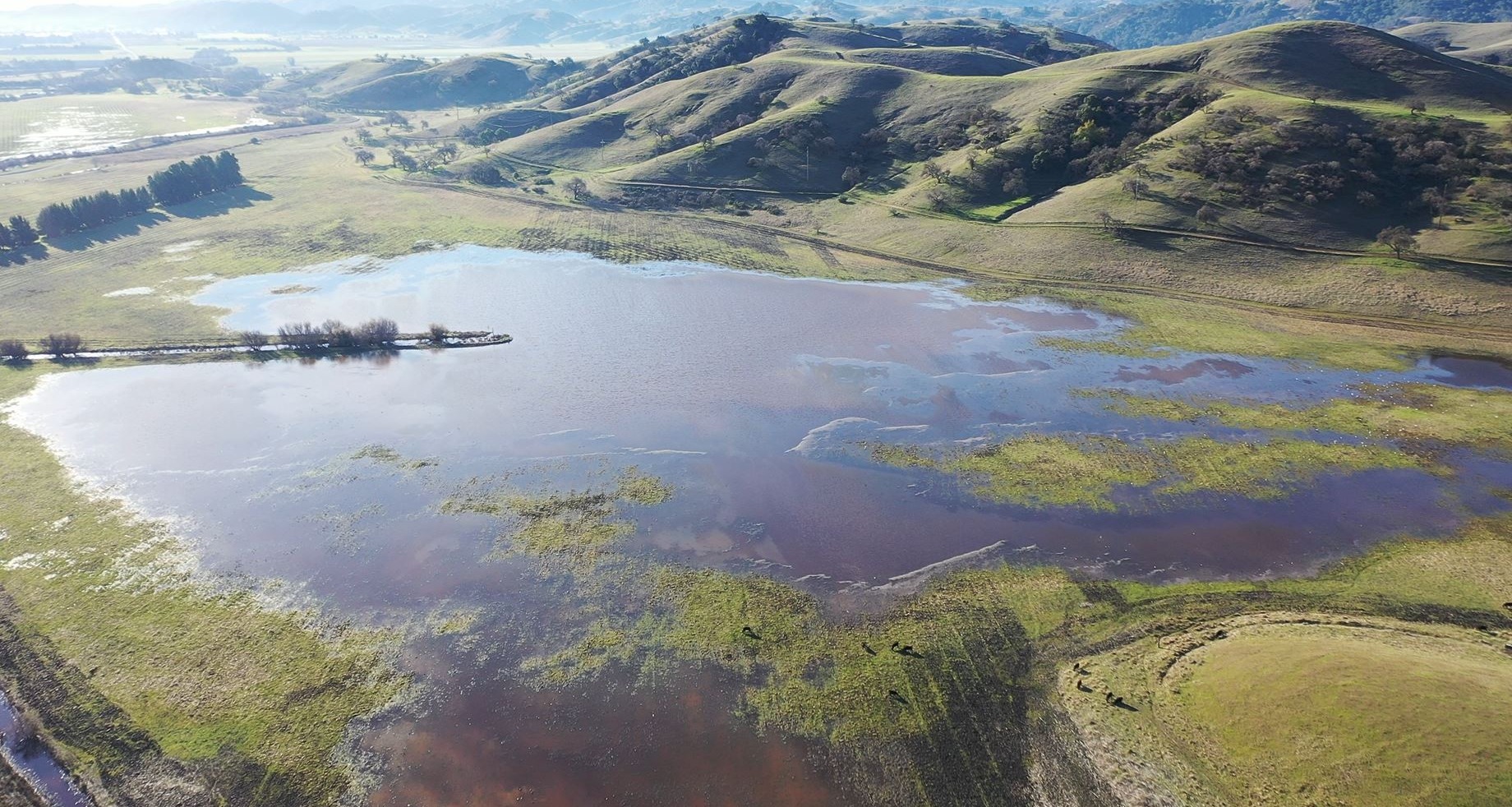After over a century of disruption and human development, Laguna Seca, San Jose’s largest remaining freshwater wetland, is one step closer to becoming more like the productive wetland it was in the past. Where the Laguna Seca was once completely dry, we are seeing the groundwater levels rise once again.
What is a Wetland?
Wetlands are unique ecosystems where water covers the surface of the soil either permanently or seasonally, while supporting aquatic plants and other life. These ecosystems also contain unique soils that develop in areas highly saturated by water and with limited oxygen.
Wetlands provide critically important functions for human communities and wildlife alike. They provide important habitats for a variety of plants and animals. Even wetland areas that are dry at some part of the year, like Laguna Seca, can provide habitat for species like the threatened California red-legged frog and California tiger salamander, that have evolved to breed in these areas during the wet season. Wetlands are also characterized by their remarkably high levels of biodiversity which is key to the health and longevity of any ecosystem.
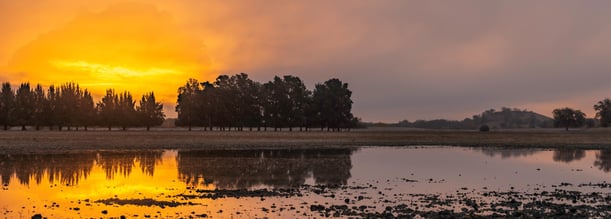
Human communities also benefit greatly from wetlands, as they act as natural water filters that protect our drinking water supply, as well as stormwater buffers that prevent rivers and creeks from flooding. Wetlands also capture carbon from the atmosphere and store it, helping to mitigate the effects of climate change.
A New Era for Laguna Seca
Laguna Seca is a seasonal wetland that once spanned more than 1,000 acres just south of San Jose in the Coyote Valley. It sits in a low basin near where Fisher Creek meets Coyote Creek. Historically, the wetland existed nearly year-round, where water would fan out and fill the basin in the rainy season, at times getting up to ten feet deep.
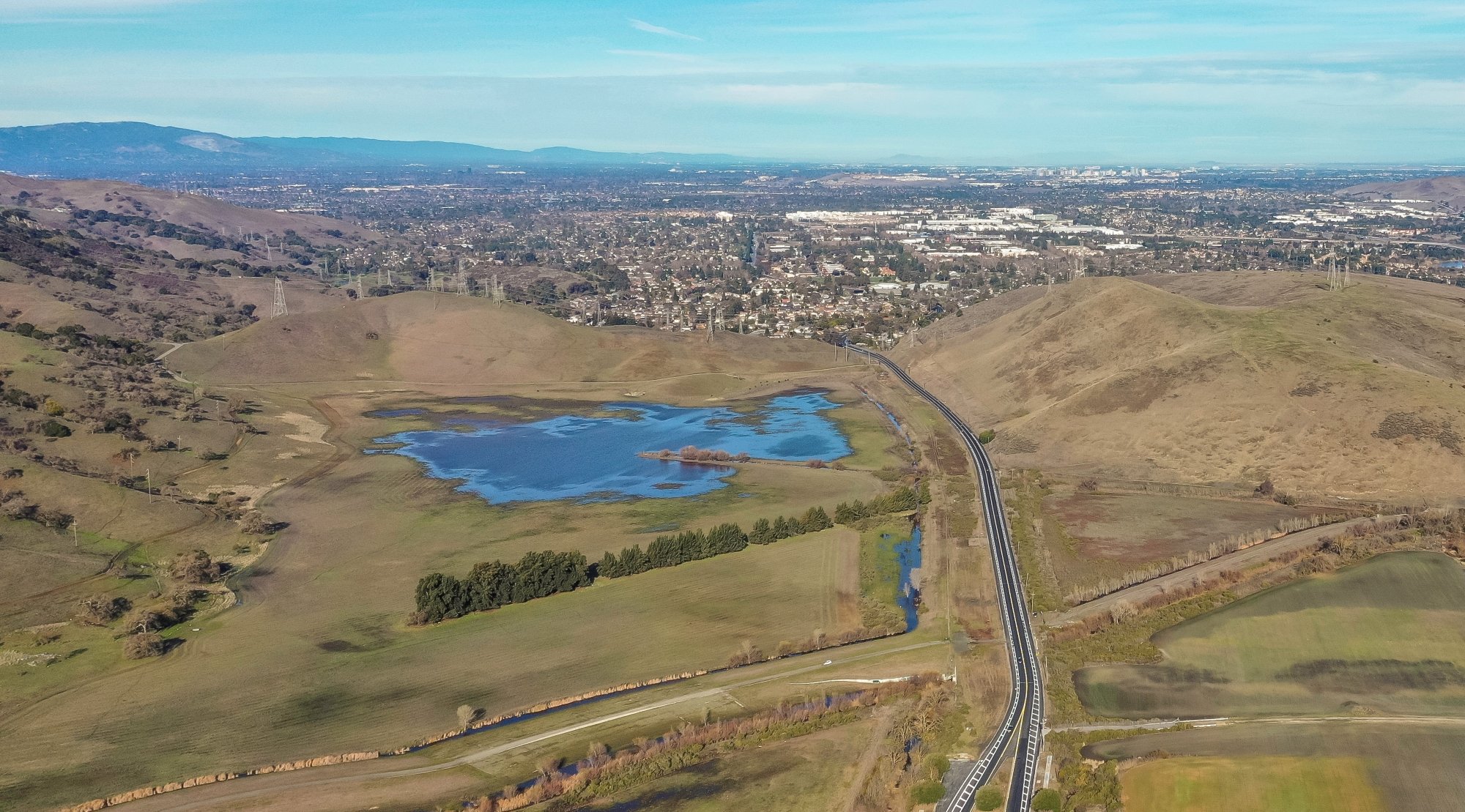
In 1916, Laguna Seca was completely transformed and repurposed for agricultural use, disrupting the marshland ecology of the basin, along with the species that called this wetland home. The transformation of this land lasted several months and involved a variety of highly destructive tactics for the area to be viable for agriculture, including draining, ditching, clearing, burning, and disking, all of which have had severe lasting effects on the landscape. As a result of this human interference, modern-day Laguna Seca is dry for most of the year and typically only wells up during the rainy winter seasons. But that is beginning to change.
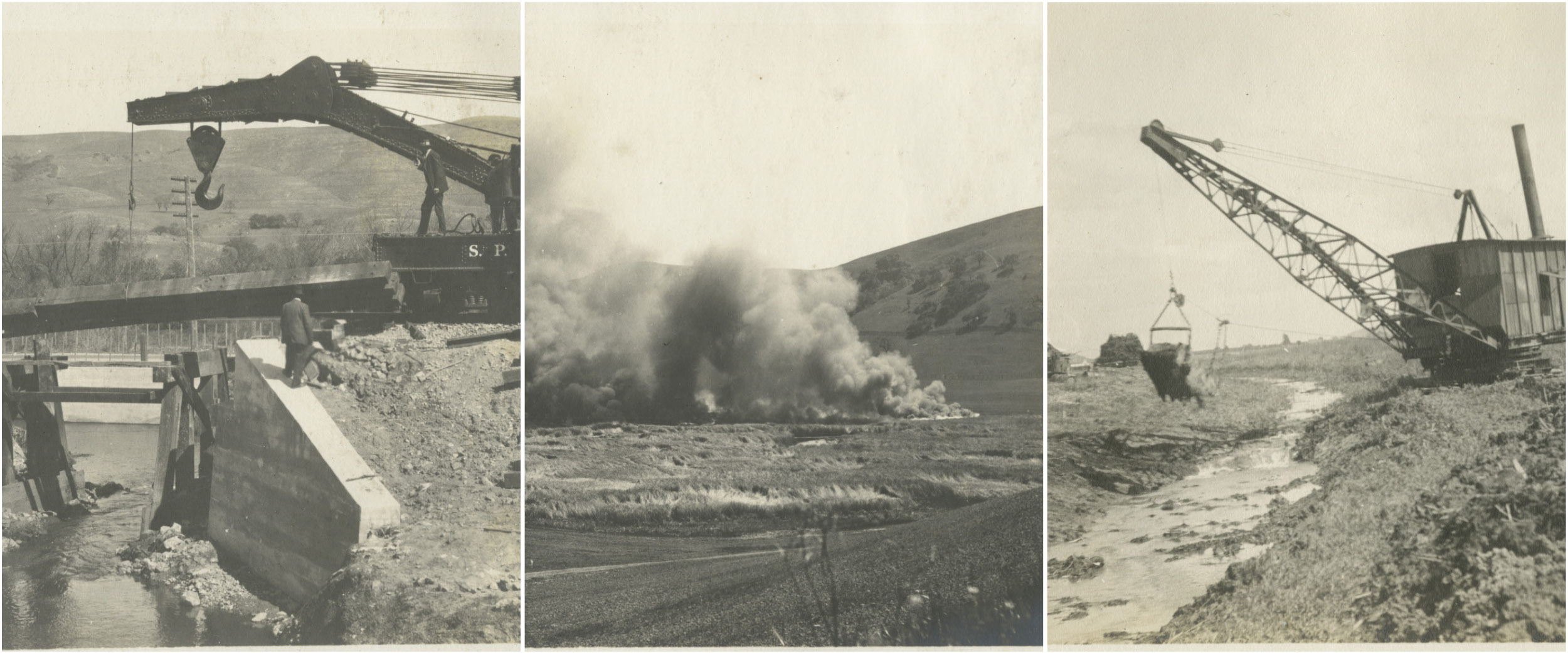
Historic photos of destructive tactics used during the 1916 transformation of the Laguna Seca
The Open Space Authority, in partnership with Peninsula Open Space Trust (POST) and the City of San Jose, is planning the restoration of this landscape by increasing the abundance of groundwater and restoring the floodplain. And we are starting to see what opportunities this work could bring, as standing water is once again returning to Laguna Seca before any significant rainfall, and with it, species of birds that once relied on these marshlands.
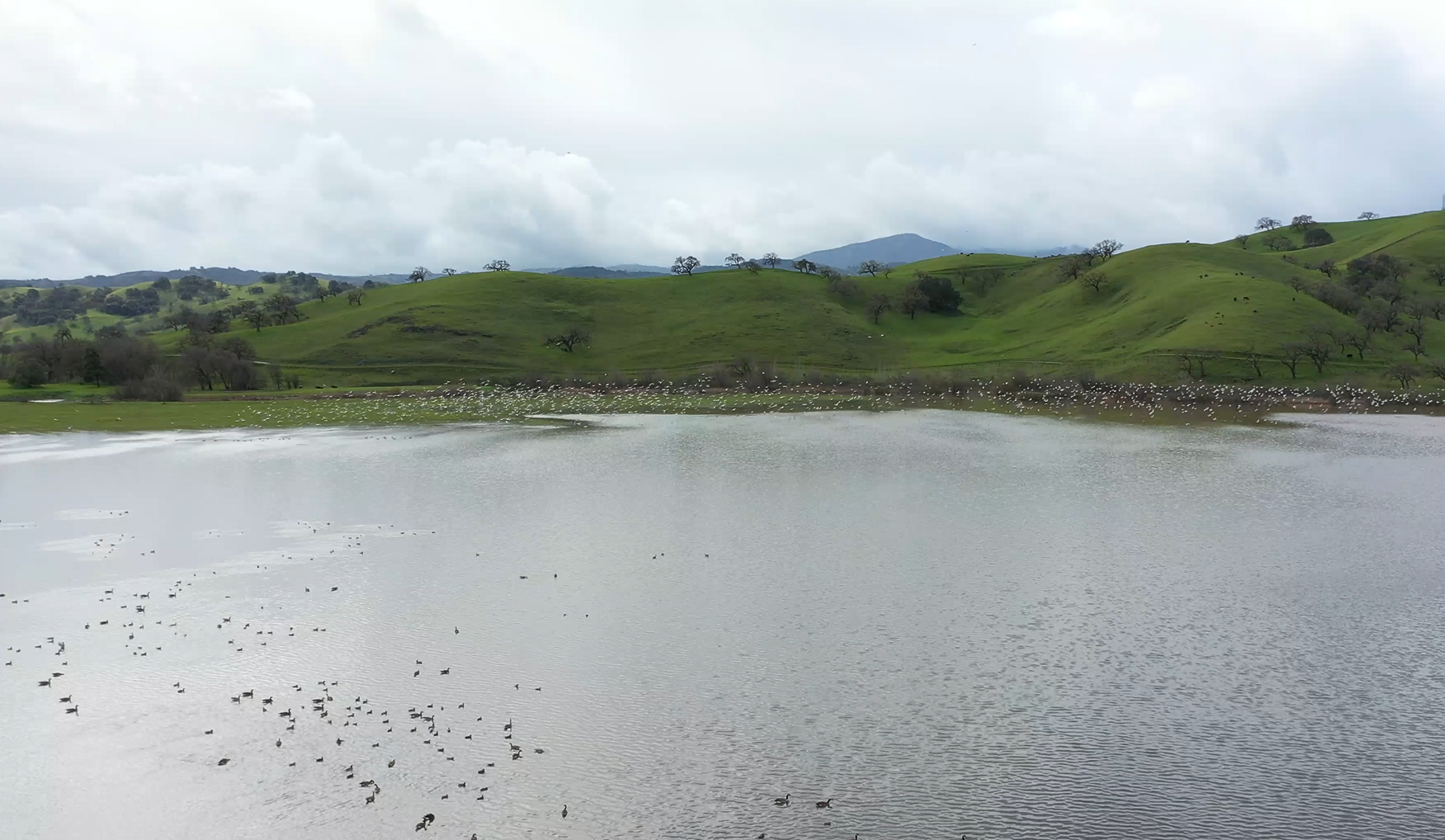
Laguna Seca filled with water and waterfowl during the winter
For the restoration, the Authority and partners have been working to ensure that the local groundwater aquifer and creeks are managed sustainably and have been involved in a trash clean-up effort as well as invasive species management. Our volunteers have had a major hand in this work, with projects cleaning up litter around the area and some dedicated specifically to removing stinkwort, a highly stubborn invasive plant toxic to cattle.
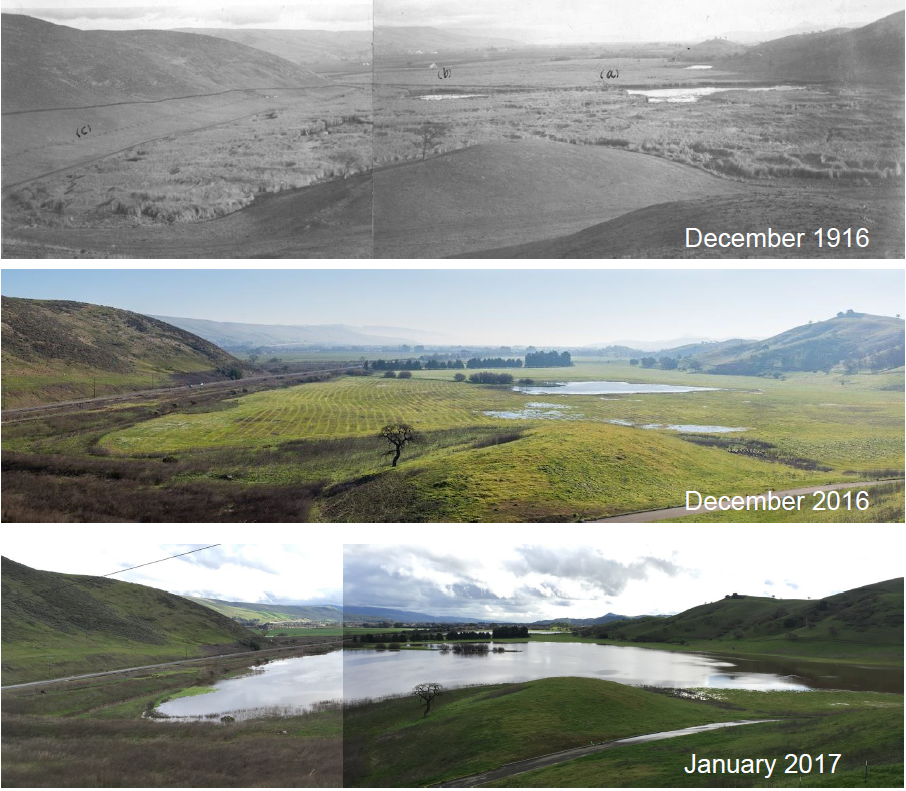
“This new development is small, but hopefully a signal of what’s to come,” said Jake Smith, the Authority’s Conservation GIS Coordinator. “These ponds of water we see starting to appear are just a small example of what can happen at the larger, landscape scale.”
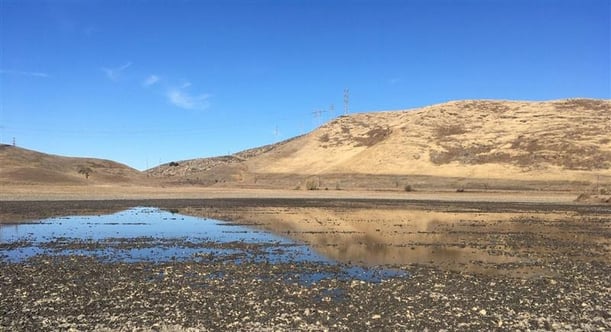
Laguna Seca inundated by groundwater (rather than rainfall) in November 2020
A turning point for Laguna Seca was in 2014, when Coyote Valley was identified as one of the Open Space Authority’s top ten conservation priorities. In 2017, Laguna Seca was identified as essential for wildlife movement throughout the region, and in late 2019, the Authority, the City of San Jose, and POST, invested $93.5 million to permanently protect this asset, signaling the start of a new era for the tortured landscape. The Authority is greatly looking forward to the continued restoration and the benefits it will provide for people and wildlife.
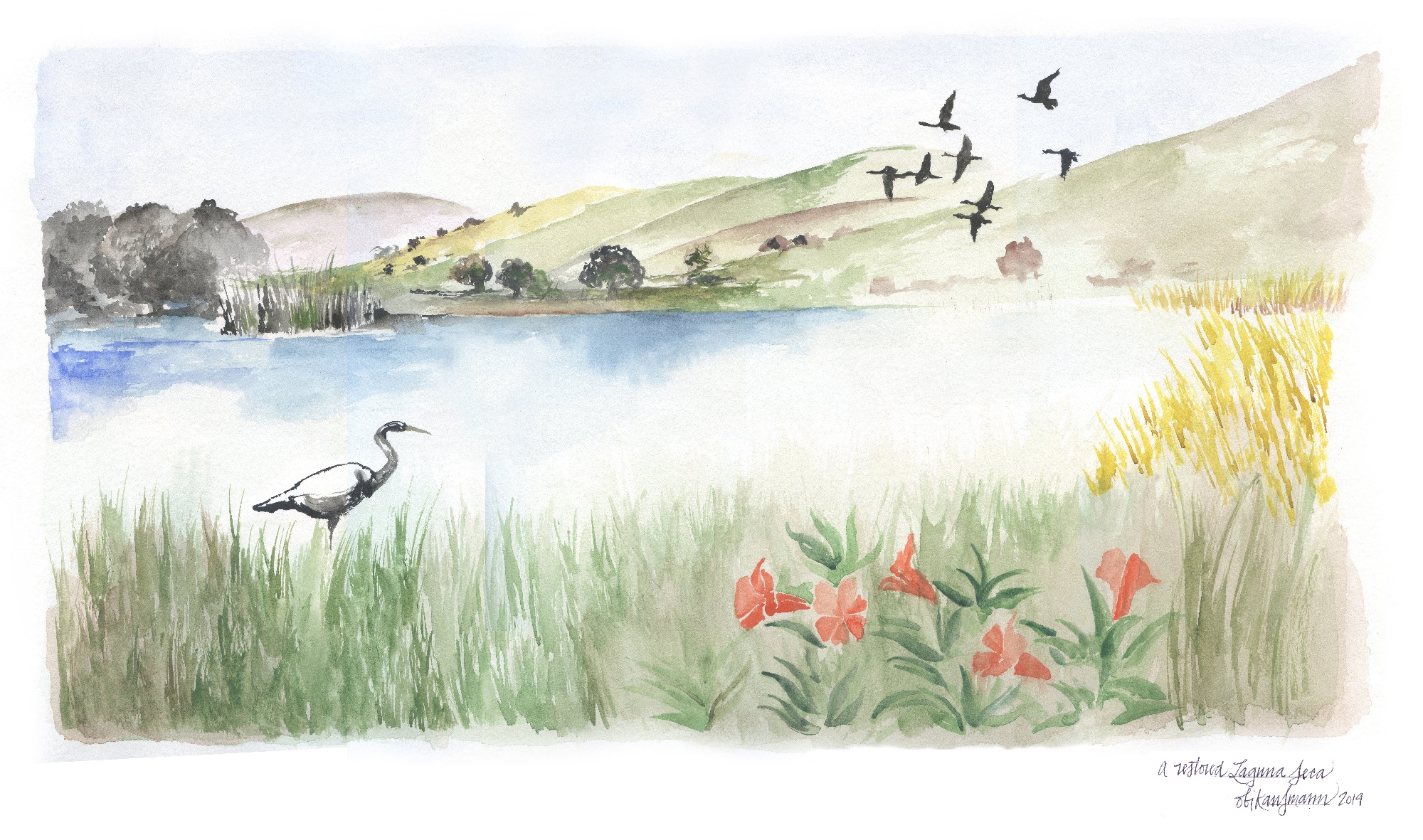
"A Restored Laguna Seca" -Obi Kaufmann
Get Involved
As our work restoring Laguna Seca and the North Coyote Valley Conservation Area continues, we want you to be a part of this process. Here are some ways you can get involved:
- Sign up to Volunteer to help us manage, steward, and restore this new open space
- Lend your voice to the North Coyote Valley visioning process by signing up for the Master Plan interest list
- Get the latest news on our work in Coyote Valley and learn about upcoming docent-led events by signing up for the Open Space Outlook Newsletter.
